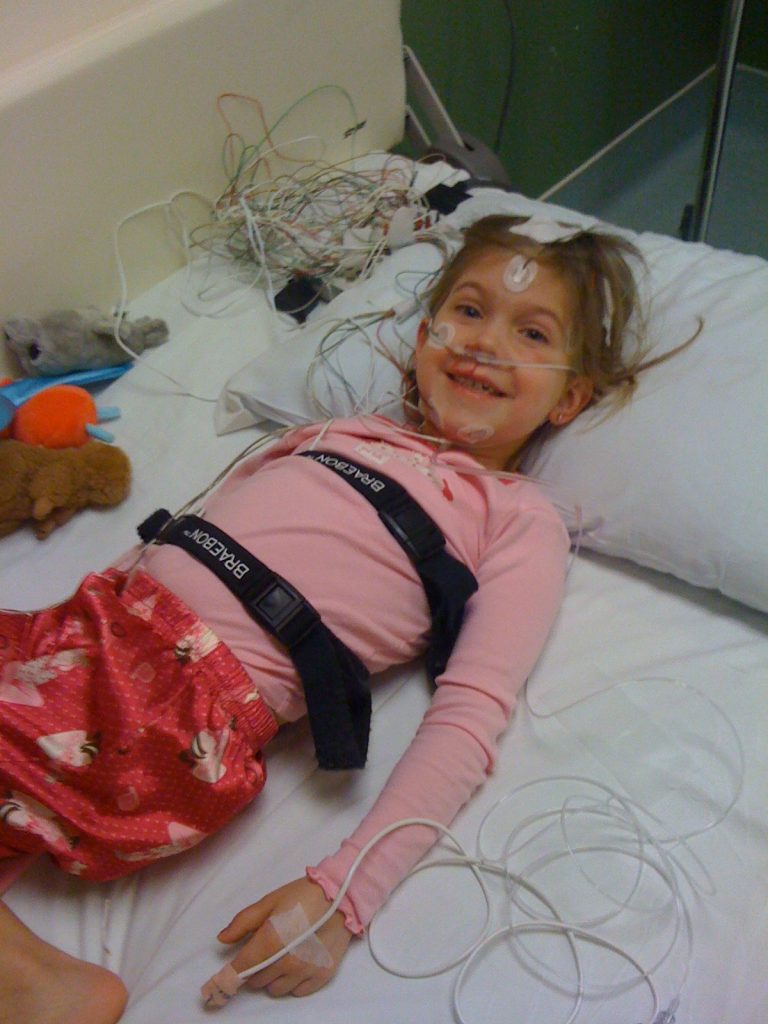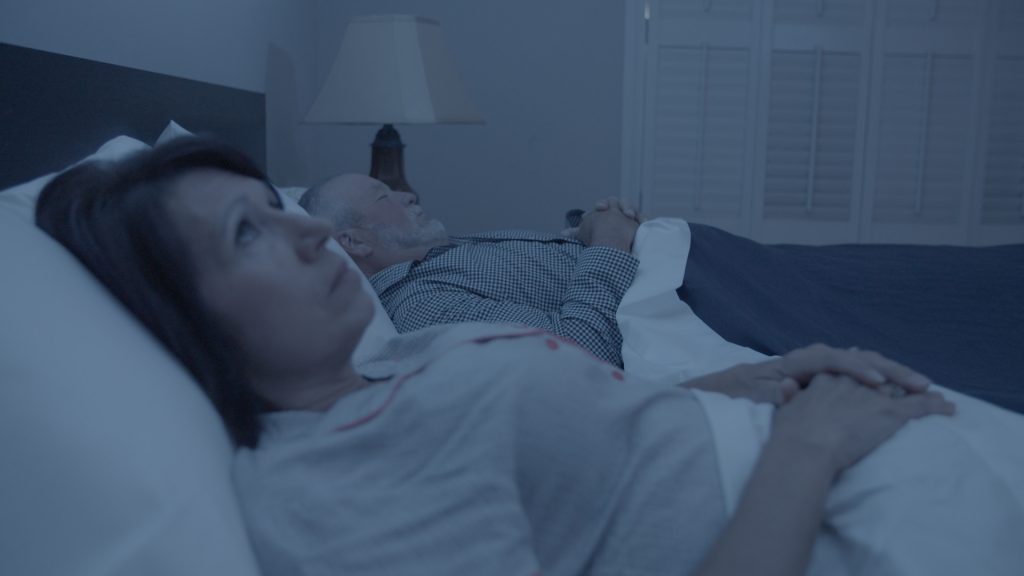This post is sponsored by RANA
Here’s a fact that anyone living with a snorer can tell you; no one is sleeping in the house. Not the snorer or the person lying next to them. It’s something that in polite company we joke about, but the reality is it’s no laughing matter. Chronic snoring is one of the signs of sleep apnea. As someone who has more than her share of experience of this, take it from me, there’s nothing to laugh about.
 When my daughter was four we started to notice her intense snoring. It would literally shake the house. At first we cracked jokes; like father, like daughter or how can someone so little be so loud. It wasn’t long though before alarm bells started to sound. She was exhausted everyday despite being put to bed for a solid 12 hours a night. We made an appointment with our family physician and we were referred to a sleep clinic. Turns out my wee little slip of a daughter had sleep apnea.
When my daughter was four we started to notice her intense snoring. It would literally shake the house. At first we cracked jokes; like father, like daughter or how can someone so little be so loud. It wasn’t long though before alarm bells started to sound. She was exhausted everyday despite being put to bed for a solid 12 hours a night. We made an appointment with our family physician and we were referred to a sleep clinic. Turns out my wee little slip of a daughter had sleep apnea.
That night in the sleep clinic is was determined that she stopped breathing multiple times through the night, depriving her brain of much needed oxygen. Deprivation of oxygen was killing brain cells and if left untreated would lower her IQ and her quality of life. No one thought it was so cute anymore.
Years earlier my husband had also been diagnosed with sleep apnea, so I was well aware of the seriousness of it. Unlike my doting mother response to my daughter, I wanted to kill my husband. Ain’t no shame in admitting it. Lack of sleep can do funny things to people. Multiple times a night I would have to shake him awake and if I didn’t fall asleep before he did I could pretty much bank on another sleepless night. During the night he would suddenly stop snoring for a few seconds and I would sigh with relief. Unbeknownst to me at the time was during those little lapses when he wasn’t snoring he also WASN’T BREATHING.

Thankfully my husband sought help. He wasn’t sleeping and neither was I. It was affecting both of our moods and our marriage; I was ready to start sleeping in another room. I know I’m not alone in this. RANA shares this:
SA causes serious relationship issues – couples can be driven to sleep in separate rooms just so the partner can get some rest. SA is well known to cause eventual breakups. In fact, around 75% of people diagnosed with Sleep Apnea have been pushed to find a solution by their sleepless partner. Partners are the catalyst. As they say… “He resists but she persists”.
Sound familiar? If you or the person you love during daytime hours is keeping you awake with their snoring, get them tested. Sleep apnea is no joking matter.
- 76% of people _who snore have Obstructive Sleep Apnea (OSA). (2009 Canadian Community Health Survey – Sleep Apnea Rapid Response )
- Up to 90% of Sleep Apnea sufferers are undiagnosed. ( M.Singh, P. Liao, S. Kobah, D. N. Wijeysundera, C. Shapiro, F. Chung “Proportion of surgical patients with undiagnosed obstructive Sleep Apnea” – British Journal of Anaesthesia, December 19, 2012)
- Three out of four Canadians reporting sleep apnea (75%) were 45 years and older. (2009 Canadian Community Health Survey – Sleep Apnea Rapid Response )
- Over one in four Canadian adults (26%) was at high risk for having obstructive sleep apnea. (2009 Canadian Community Health Survey – Sleep Apnea Rapid Response )
- 73% of adults at high risk for obstructive sleep apnea were men. (2009 Canadian Community Health Survey – Sleep Apnea Rapid Response)
- Compared to the general adult population, Canadian adults who reported being diagnosed with sleep apnea were:• 2.5 times more likely to report having diabetes;
• 1.8 times more likely to report hypertension;
• 2.2 times more likely to report heart disease; and, (ED note: My husband had a heart attack in 2012)
• 2.2 times more likely to report a mood disorder such as depression, bipolar disorder, mania or dysthymia.
• (2009 Canadian Community Health Survey – Sleep Apnea Rapid Response) - It is estimated that the average life span of a patient with untreated OSA is 58 years, much shorter than the average life span of 78 years for men and 83 years for women. (Research: Young & Finn (1998) Thorax 53: S16-19)
After reading this, do you think you’re living with sleep apnea? Take this quiz at RANAsnorescore.com. If you’re partner has the signs request a sleep study as soon as possible through RANA. Finally, if this video reminds you of someone, take action now.


 Disney With Teens – A Whole New World
Disney With Teens – A Whole New World